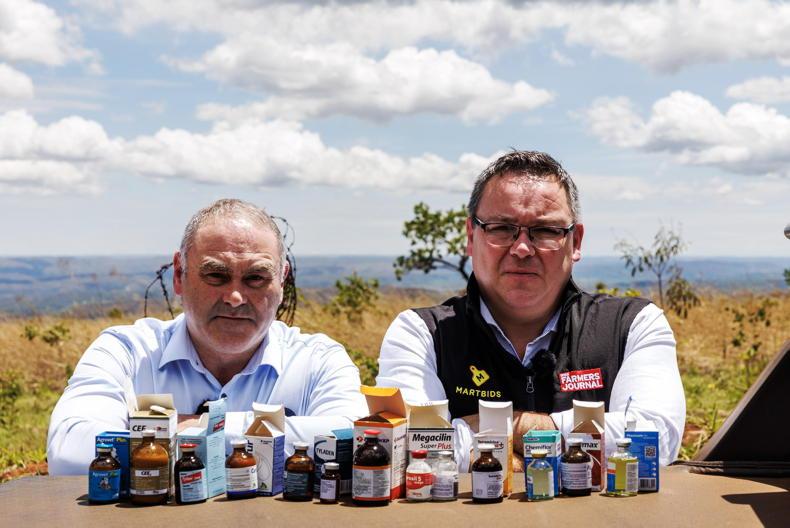“Who are all those faces Mammy?” my daughter asked in bewilderment as we drove to school last week. In fairness, for a four-year-old, it’s a very valid question. As adults, we are used to election posters popping up like mushrooms on every lamppost as candidates get ready to go to the polls. Through the eyes of babes however, it appears to be pure madness.
After I did the school drop and continued to work, driving past some fairly dodgy photoshopped pictures, her question made me think. In a world where candidates are declaring their commitment to sustainability and the environment, these posters are anything but. And for every poster that is put up, how many plastic cable ties are keeping them in place?
Paramount message
With road safety another paramount message that we all need to pay attention to, you could argue that many people are distracted behind the wheel. And while we are keen to promote rural tourism, these posters are detracting from the beauty of our landscape. This week Maria Moynihan has a feature on a couple that are running a lovely rural guesthouse in west Cork. As I was reading it, I couldn’t help but wonder whether beautiful Beara, where they are located, is swamped in election posters?
When I brought up this point with a politician that I know, they nodded their head sagely and said, “Yes, but they are a necessary evil.” I argued that these posters don’t tell me one thing about what this person stands for but he rebutted, “but you know what they look like, their name and party.”
I kept insisting that it gave unfair disadvantage to the candidates who had more money to run their campaign, especially those with the backing of bigger parties. He argued that if there weren’t posters, the only faces we would see are the politicians that we know already, who have been elected. This helps put everyone on a more even playing field, he maintained.
Poster-free
I’m not alone in my thinking. There are some towns in Ireland, including Adare in Co Limerick, which had local debates earlier in the year in an attempt to be poster-free. Tidy Towns committees vying for the coveted title are also leading the charge in Roscommon and Laois, putting pressure on local candidates to keep their towns looking their best. There are also candidates who have previously decided to run poster-free campaigns and have been successful in their pursuit. But I suspect we have still a long way to go before they disappear completely.
In this day and age, where so many people are technologically savvy, you could argue that it is a lot cheaper and environmentally friendly to roll out this information online. And with that, you’ll get a lot more information than what a candidate looks like – for example, that piece of necessary information – what they actually stand for. That isn’t fair however, as not everyone is computer literate and everyone deserves to be informed and have their say.
I’m not alone in my thinking. There are some towns in Ireland, including Adare in Co Limerick, which had local debates earlier in the year in an attempt to be poster-free
Perhaps we need to think outside the box. One of my colleagues was telling me about a trip that she took to Bruges in Belgium a few years ago, just a one-hour drive from Brussels, where so many of these candidates hope to be heading.
Instead of campaign posters littering the fairytale city which has a big tourist presence, there were large community boards in a few prominent squares so people could stop and look at all of the posters in one place as they were walking past.
That could be an interesting concept here. Engaged voters could look at the faces on the posters, take their time to research and make an informed decision. They might even end up chatting with someone they know. Now wouldn’t that be an interesting take on combatting rural isolation?









SHARING OPTIONS